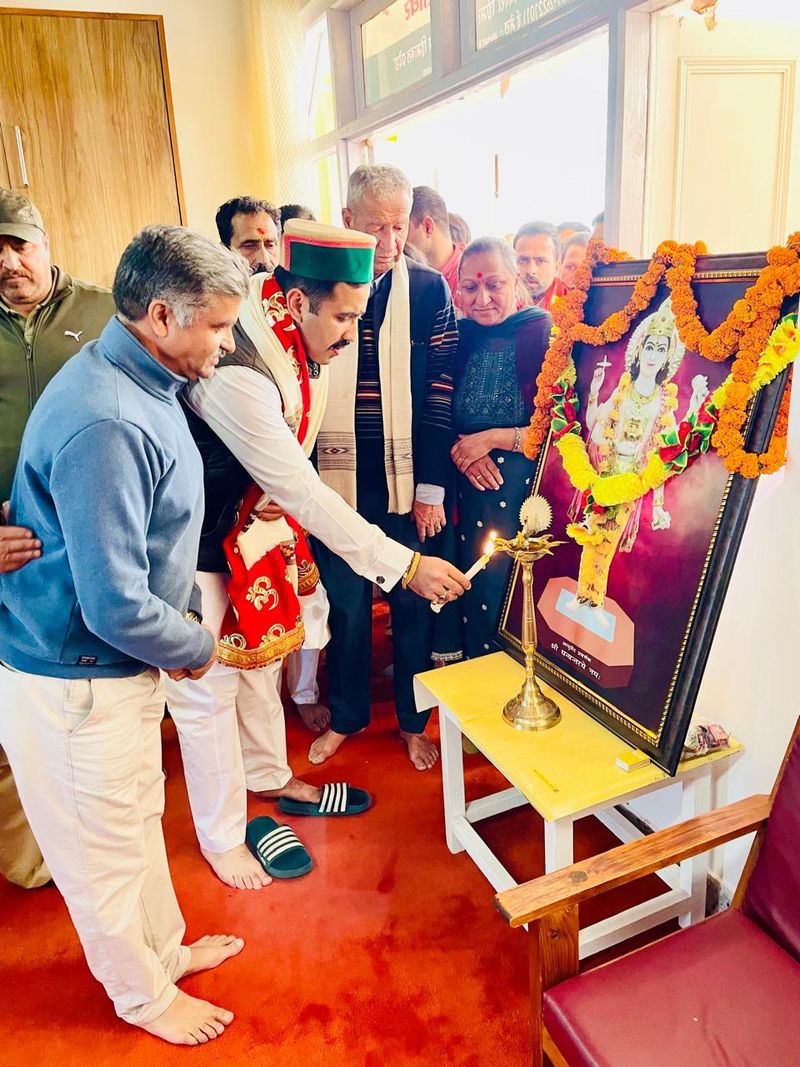The recent deadly earthquake in Myanmar and Thailand has reignited fears among the residents of Kangra Valley, which falls under seismic zone V. Over a dozen urban towns in the valley are highly vulnerable to earthquakes. Experts warn that 70 to 80 per cent of buildings are structurally unsafe, located on slopes or violate town planning rules. Most approved building plans lack adherence to safety norms, leading to an unchecked rise in concrete structures, inviting potential disasters similar to those in Thailand and Myanmar.
Until 2022, construction in Kangra Valley was regulated, permitting a maximum of four stories plus one, with a height cap of 21 metres, subject to the floor area ratio (FAR). The district was categorised into three zones: Core areas: Only two-story residential buildings were allowed; restricted areas: Three stories plus one were permitted; and other areas: Four stories plus one were allowed.
However, in 2022, the Town and Country Planning Department (TCPD) unexpectedly relaxed norms for housing projects, permitting buildings up to eight to ten stories. This decision has raised concerns about the safety of high-rise structures in an earthquake-prone zone. The National Green Tribunal (NGT) and the State High Court have repeatedly opposed such constructions, especially on hill slopes.
The failure to enforce building regulations has led to rampant illegal construction, increasing the risk of major disasters. Both private builders and government agencies have ignored TCP norms. The TCPD has also failed to take action against defaulters, leaving the region highly vulnerable.
The Kangra earthquake of April 4, 1905, was one of the most devastating in northern India, killing over 20,000 people and destroying 1,00,000 buildings. Farmland suffered severe losses with 53,000 domestic animals perishing and the destruction of vital hillside aqueducts. More recently, the 1986 earthquake in Kangra, measuring 5.6 on the Richter scale with an epicenter at Naddi (Dharamshala), prompted then-Chief Minister Virbhadra Singh to introduce stricter construction regulations under the Town and Country Planning Act. Experts from IIT Roorkee were brought in to train engineers on earthquake-resistant construction.
However, despite these efforts, illegal and unplanned construction has continued. Former Engineer-in-Chief of the Public Works Department (PWD), Jatinder Katoch, expressed grave concerns over high-rise buildings on hill slopes in earthquake-prone areas. He highlighted how major tourist destinations such as Palampur, Bir, and McLeodganj have been marred by unchecked construction activities.
The lack of proper planning has left these towns with limited roads, often surrounded by buildings, making post-earthquake rescue operations extremely challenging. In the event of a disaster, accessing affected areas with machinery to remove debris and evacuate people will be nearly impossible.
Experts stress the urgent need for strict enforcement of building norms, better urban planning, and disaster preparedness to mitigate potential devastation. If authorities fail to act, Kangra Valley may soon witness a catastrophe similar to past disasters, with devastating consequences for its residents.










